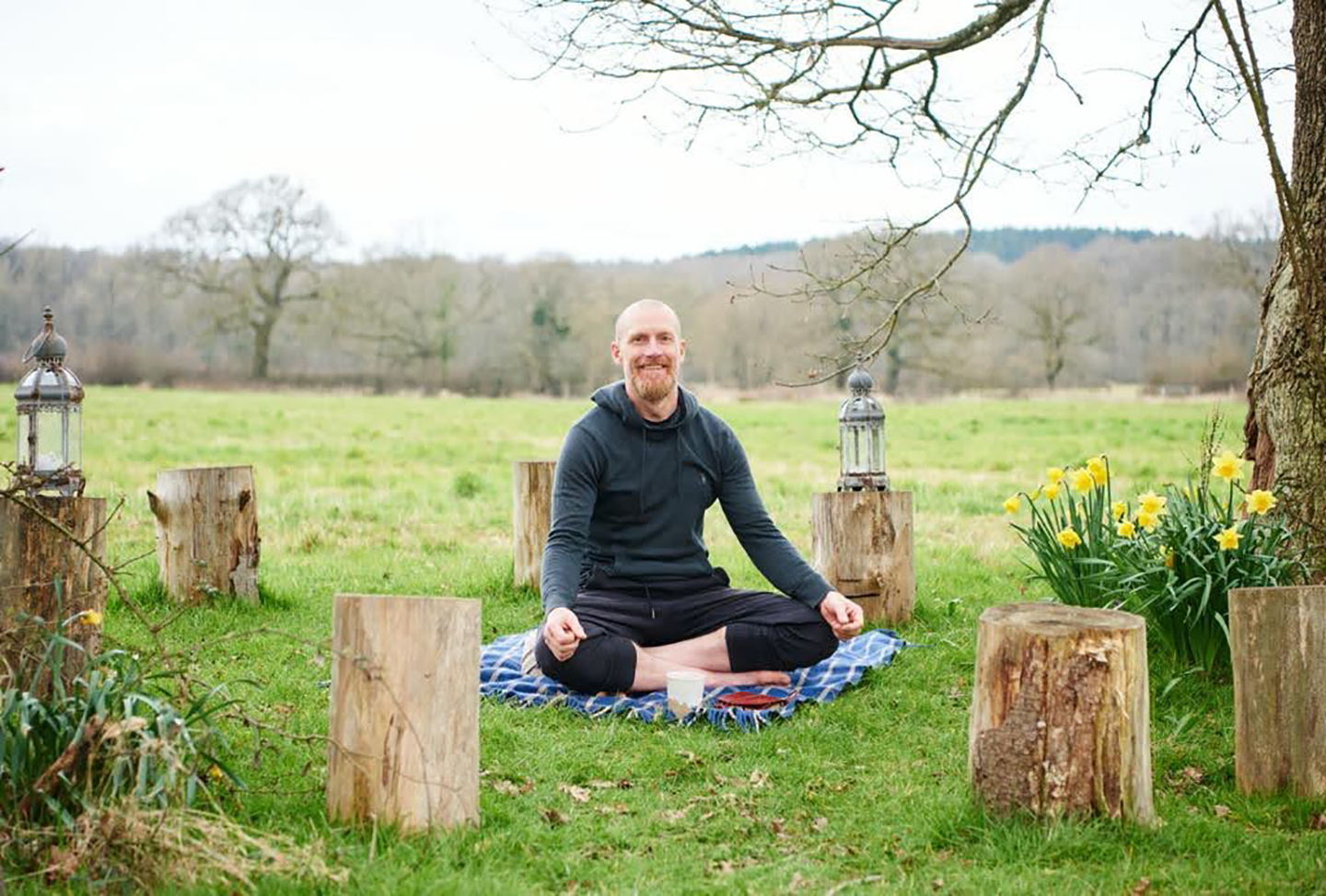Limitless possibilities in spectacular destinations, Balance Holidays' exceptionally curated wellbeing travel experiences bring individuals on multi-sensory journeys that enrich and awaken the heart, body and mind..


It brings us into every second of the day yet it is oftentimes the most overlooked tool to help us manage our wellbeing - our breath. Chances are, if you’ve ever been in a state of stress, panic, anxiety or pain, the very first piece of advice you’d hear people say is: “Take a deep breath.” The act of breathing is an essential part of our lives and particularly emphasised in yoga classes and meditation practices. However, have you ever wondered the power it yields over our state of mind? As breath work continues garnering popularity as a healing tool and studies around it have evolved significantly in the past years, we explore the basics about breath work and how to do it correctly.
What is breath work?
Breath work is a form of therapy focused on breathing exercises and techniques to consciously control breathing tempo and depth. Despite a number of different techniques available, each carrying a unique effect on the body, the underlining principle is bringing awareness to our breath and its influence on our body and our heart. Anecdotal evidence suggests that some individuals experience results akin to meditation. Yet, for those who find the bubbling emotions and lingering memories that surface from a meditation session overwhelming prefer to turn to breath work exercises instead.
Is it the same as deep breathing?
Absolutely not! Although breath work is simply put, the act of breathing, our expert Tony Riddle, also known as The Natural Life-stylist from the Reconnect and Rewild at Yorkshire Estate Retreat explains, “There are different modalities to breath work. Take running for an example. By only using nasal breathing instead of breathing through the mouth, you remain in an aerobic state meaning you are using oxygen as the primary source of energy instead of anaerobic and using other systems in the body to support you. Another modality would be using breathing to enter meditation, up-regulating the system with heightened oxygen levels to an alert, switched-on state, to techniques focused on down-regulation of the system such as The Buteyko Method that drops individuals into a parasympathetic state. Transformational Breath is another method enabling individuals to unscrew the intellectual lid of repressed emotions and tensions so it is all about finding a technique to suit your needs and makes you feel comfortable!”
What are the benefits?
According to findings by Healthline and Harvard Health Medical School, the common physical and mental health benefits include quelling anxiety, improved cognitive function and awareness, increased relaxation and a decrease in stress. The scientific understanding behind these benefits as discussed in a body of literature by the University of Camerino, indicates that the lowering of blood pressure, cortisol levels and slowing of the nervous system are the reasons for induced calm and composure.
Additionally, a separate discussion by Headspace states that there is a corresponding link between breathing behaviours and susceptibility to illnesses. In an age heavily saturated by financial woes, family turmoil or work instability, we have mindlessly neglected the ordinary and unconscious activity of breathing, responding to environmental spurs by adopting the pattern of ‘shallow breathing.’
As a beginner to breathing exercises, is there anything I should look out for and is it safe for me to try?
Tony says, “As a beginner, it would be best to avoid jumping straight into Transformational Breath, Inspirational Breath or Holotropic Breath unguided as these practices can often be quite intense. Occasionally, individuals may relive trauma and because you’re a beginner and you’ve never been guided through it before, you are unsure of what to expect, I would suggest avoiding these practices to begin with. With parasympathetic breath however, these are gentler more relaxing, following a tempo much like meditation, making them a great pathway to work your way up.”
“Remember, breath work is an experience. Depending on the chosen modality, which directly influences the effect and results it has on the body, it is important to be in a comfortable position, preferably lying down, not driving or standing up because there is a possibility of feeling light-headed. Don’t forget to keep your attention on your breath!”
I am a parent looking to introduce my young children to breath work, what should I do?
“There are only two guarantees in life, birth and death. As it happens, breath is the first and last act of life. Between this time, we are always breathing! Through breathing exercises, we are trying to get back to the way young children breathe by relearning their practices. Only then can they observe, learn and adopt our breathing patterns.”
“If however, you recognise your child is suffering from anxiety or having difficulty resting and sleeping, then I recommend a session of down-regulating breathing with them. A simple down regulating practice to do with your child is to inhale for as long as it takes you to say ‘My name is... and I need to breathe in’ and then exhale for as long as it takes you to say ‘I need to breathe out to let all the stress out and feel empowered.’ The out breath is extended because when we exhale our heart rate and blood pressure lowers, as explored in the Harvard Medical piece mentioned earlier. Repeat this process for 3 minutes, which is roughly 18 full cycles of breath. One cycle equals an inhale and an exhale.”
What are some common sensations experienced from practicing breath work?
“Depending on the stage of the breath work exercise and whether you have chosen down regulating or up-regulating, as the blood oxygenates and stimulates the release of hormones associated with happiness, a common sensation includes a state of euphoria. Grounding, being in the body, tingling in certain areas depending on energy movement and the floodgates of emotions coming down are also common reactions from the body.”
How often can I practice breathing exercises?
Tony suggests, “All day! Like all human experiences, I believe it is about refinement. To do this, try and check in with your breath throughout the day by setting hourly reminders or a timer to take a moment to simply clear the mind and do a cycle of breath. It is particularly easy to forget about our breath and to take it for granted given the urban dynamic we are submitted to but six-cycles of breath, 4 seconds in and 6 seconds out, is only one minute and that’s all you need! Oxygen is the primary energy source after-all!”
Sign up to our newsletter for exclusive retreat launches, priority access to events and curated wellbeing content